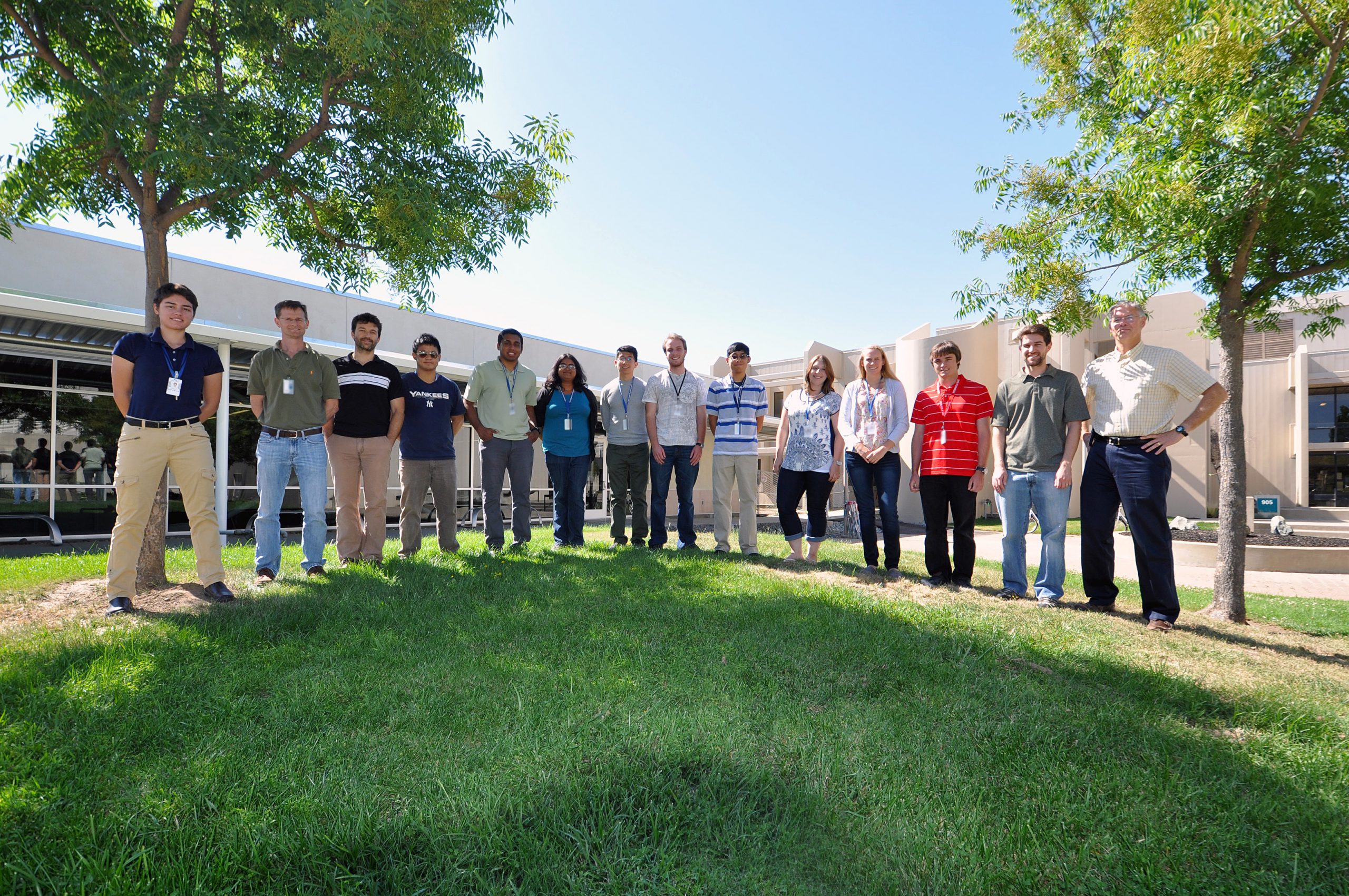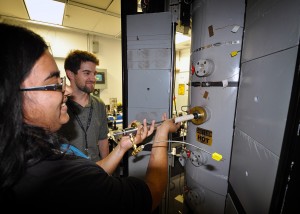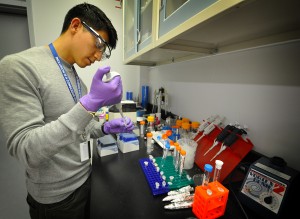

The DOE Office of Science Workforce Development for Teachers and Scientists (WDTS) initiative maintains a decades-long legacy of developing the next generation of scientists, teachers, and engineers. Today, undergraduates, graduate students, and postdoctoral researchers across the country are performing R&D at universities and national laboratories partially funded by grants from WDTS programs.
The CRF is pleased to support this DOE effort by hosting faculty and students under several WDTS programs:
- Community College Internships (CCI), which offers technical training experiences at DOE labs to community college students
- Science Undergraduate Laboratory Internships (SULI), which provides research experiences to science undergraduates at DOE labs
- Visiting Faculty Program (VFP), which enables selected university or college faculty members and up to two of their students to conduct collaborative research with national lab staff
Specifically, the CRF will be the summer research home to four CCI and six SULI students. These interns, who began arriving in early June, will perform technical work or research that aligns with the DOE mission under the mentorship of CRF engineers and scientists. The CRF is happy to welcome CCI students Alexander Dellzell, Samira Iqbal, Raj Kumar, and Emmanuel Valenton and SULI students Kathryn Dahlgren, Brittany Hagler, Christopher Nilsen, Terry Peng, Ashley Scully, and Eduardo Valle.

In addition, VFP awardees Professor Balint Sztaray and first-year PhD student Kyle Covert, both from the Chemistry Department at the University of the Pacific, will continue Professor Sztaray’s ongoing work with David Osborn to improve the selectivity of current instruments for multiplex gas-phase chemical kinetics.
An additional VFP awardee, Dr. Jennie Guzman, Assistant Professor of Physics at California State University, East Bay, will be working with Dave Chandler and Lori Culberson on a new scientific thrust for the CRF: measuring scattering resonances formed during low energy collisions between AR atoms and NO molecules. Specifically, Lori and Jennie will be building a new apparatus to perform the experiments.
Altogether, the DOE laboratories annually provide education and training programs for more than 250,000 K–12 students, 22,000 K–12 educators, 4,000 undergraduate interns, 3,000 graduate students, and 1,600 postdoctoral researchers. The CRF is proud to contribute to this important initiative.